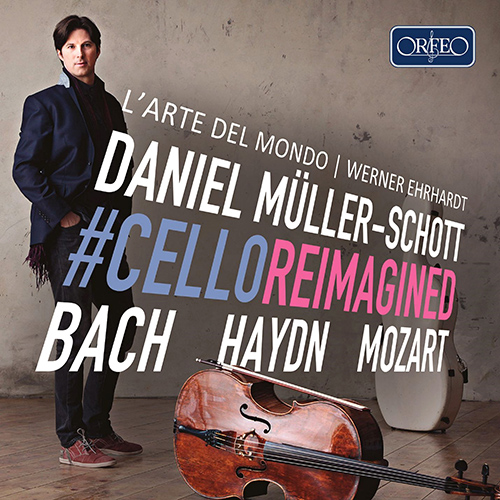Composer(s):
Conductor(s):
Orchestra(s):
Artist(s):
Genre(s):
Concerto; Orchestral
Period(s):
Baroque (1600-1750); Classical (1750-1830)
Label:
Orfeo
Catalogue No:
C920171A
Barcode:
4011790920122
Release Date:
11/2017
Available Format(s):
CD
CelloReimagined
Bach, Carl Philipp Emanuel
Cello Concerto in A Major, Wq. 172, H. 439
Mozart, Wolfgang Amadeus
Adagio in E Major, K. 261 (arr. for cello and orchestra)
Haydn, Franz Joseph
Violin Concerto in G Major, Hob.VIIa:4 (arr. for cello and orchestra)
Mozart, Wolfgang Amadeus
Flute Concerto No. 2 in D Major, K. 314 (arr. for cello and orchestra)
Bach, Johann Sebastian
Violin Concerto in E Major, BWV 1042: II. Adagio (arr. for cello and orchestra)
Total Playing Time: 01:07:33

















